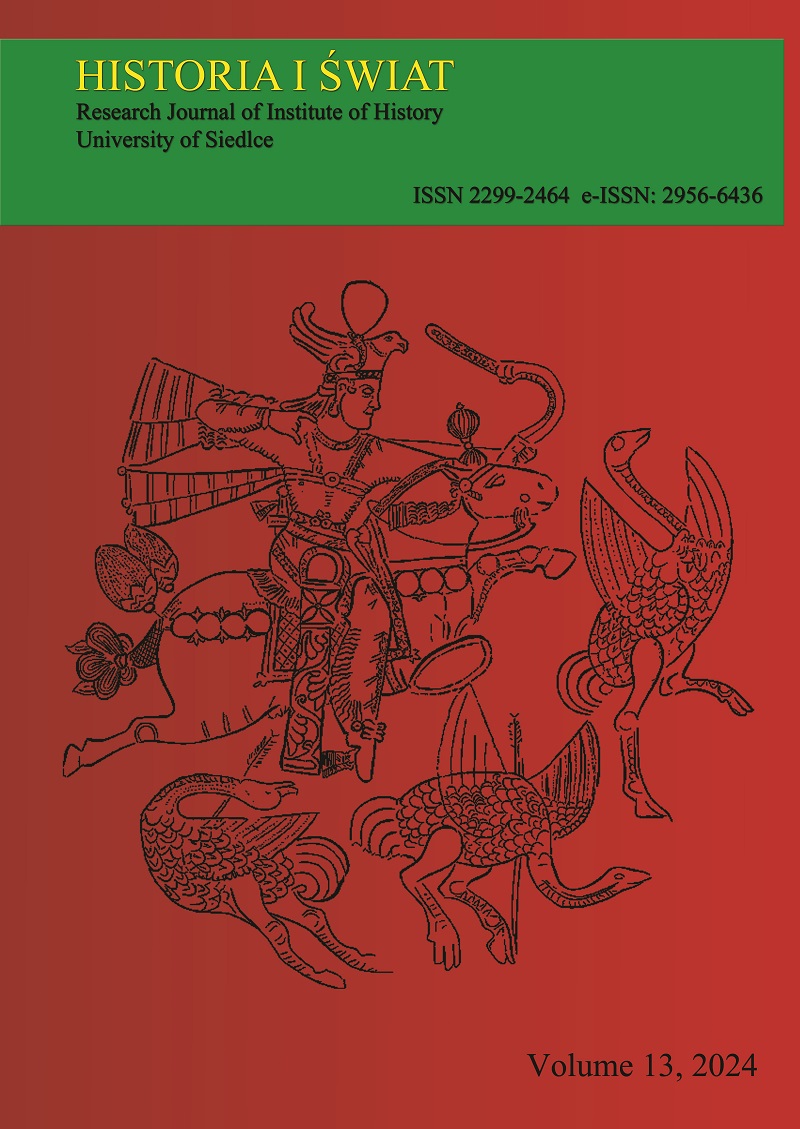Investigating the Scenes of Daily Activities on Ancient Elamite seals during the Susa II Period
DOI:
https://doi.org/10.34739/his.2024.13.01Keywords:
Iran, Seals, Elamite Period, Susa II, Motif, Daily ActivitiesAbstract
A seal is typically made of stone or mineral material, ivory, shell, metal, wood, clay, or a combination of bitumen, and usually bears an engraved design. In this study, we aim to examine and analyze the scenes related to daily activities depicted on Elamite seals. In this research, 29 seal impressions associated with scenes of daily activities from the Susa II period have been investigated and evaluated. The selection of these seal impressions was based on factors such as the clear location of discovery, precise dating, clarity of the designs and scenes on the seal (lack of damage to the engraving), and the credibility of the source providing information about the seal and its impression. In this study, Elamite seals (Susa II) have been compared in terms of iconography, classification, and then with contemporaneous seals in Mesopotamia. Generally, the motifs observed on Elamite seals of the Susa II period that can be classified within the framework of daily activities include: agriculture and cultivation, animal husbandry, issuance and transportation of goods, activities related to grain storage, workshop activities, hunting, and minstrelsy. By examining these motifs, it can be observed that women were often engaged in agricultural activities, work in various workshops such as pottery and weaving, and some activities related to animal husbandry, while men were engaged in more physically demanding and time-consuming tasks; for example, men were more involved in agriculture, hunting, animal husbandry, and laboring.
Downloads
Downloads
Published
Issue
Section
License
Copyright (c) 2024 Historia i Świat

This work is licensed under a Creative Commons Attribution-NoDerivatives 4.0 International License.




